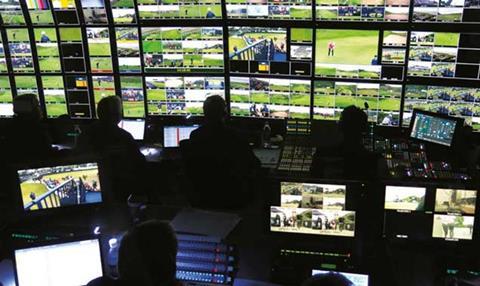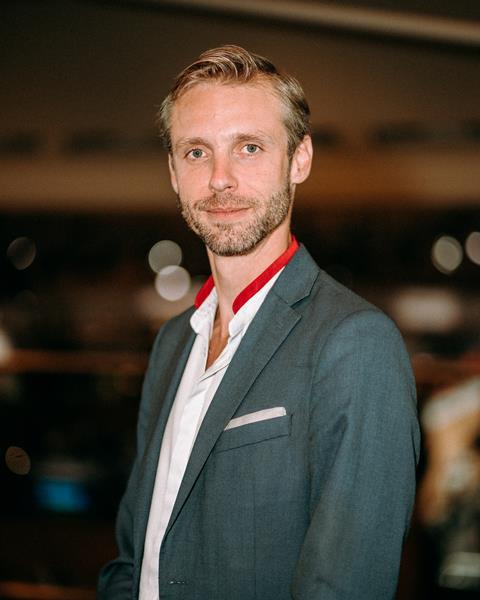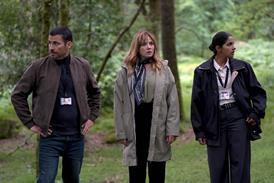Norbert Paquet, head of live production for Sony Europe, looks at the steps that can be taken

In 2021, the Intergovernmental Panel on Climate Change predicted that temperatures were expected to exceed 1.5°C warming, causing irreparable damage to the global ecosystem. Across Europe, nearly 660,000 hectares of land have been destroyed by wildfires this year alone. We are unequivocally in the grip of a deepening environmental emergency around the world and as global bodies turn to face the challenge of sustainability, businesses need to act to become part of the solution.
Legislative changes and improved accessibility for sustainability reporting is helping to drive corporate action on climate change forward. The broadcast industry has moved collectively, with major players including the BBC, RTE and STV committing to measuring their own impact, halving carbon emissions by 2030, and using their content to help audiences understand what tackling climate change might mean for them.
But there remain questions around live production’s efforts to embrace sustainable practices. The existing view is that live production relies on certain resources to perform adequately and as such, changes to the process would compromise output.
However, as a key industry partner, Sony has examined this challenge and looked for opportunities where more sustainable solutions can be embedded in specific parts of the process. We believe that with a modular approach to live production, it is possible to cut down on the wasted resources and greenhouse emissions associated with live production and help lessen overall carbon footprint.
In a corporate landscape increasingly focused on ESG, businesses who don’t follow suit are destined not to survive. If the live production industry can find its way to meeting robust sustainability credentials, it will not just ensure the future of the planet, but the future success of the industry, too.
How Live Production businesses can become a greener link in the broadcasting chain
Transportation currently represents almost a quarter of Europe’s greenhouse gas emissions, 70% of which is road transport. In live production, OB (Outside Broadcasting) trucks, often weighing upwards of 40 tonnes, are the answer to carrying large and heavy equipment between locations and as such are the likely culprit of at least a substantial bulk of a production’s emissions.
Practically, these cannot simply be removed from the process. But, with IP and remote technology that enables us to separate production functions into smaller loads and just connect up whichever functions are actually needed on a given production, we can build smaller trucks that need to carry far less kit and staff. We can also reduce the amount of OB trucks in circulation. As a result, both emissions and costs will be significantly reduced.
Additionally, leveraging cloud technology for processing could further advance sustainability efforts. Not only would it reduce equipment and resources, but having a single processing location and enabling remote working has a host of benefits in terms of reducing on-site emissions and emissions from logistics (staff commuting, equipment transport etc.)
Embracing a modular workflow
While there are a number of solutions already in play, such as remote and centralised capabilities, taking a modular approach to live production (breaking down the production systems and operations into separate modules), gives productions a new perspective on sustainable solutions.
Each end-to-end production process requires careful analysis to identify its opportunities for sustainable change. After all, the changes must still align with wider business objectives by factoring in efficacy, quality and cost, as well as sustainable impact. What embracing modularity means is that parts of the production process for which there are sustainable solutions can be changed (rather than should be), and productions can access opportunities for being more sustainable without forgoing quality or reliability.
Breaking operations down into modules can be time consuming but in the long term, the benefits will be significant. By using software/cloud-enabled and IP technologies for the core processing capabilities of formerly monolithic OB trucks, operations can be more agile. As discussed, the truck is split into functional modules that inter-connect through IP, combined and separated based on the individual needs of the production. Teams can use resources more efficiently and use what they need when they need it, and no more.
Driving towards sustainable industry
A partner, such as Sony, can empower live production companies to embrace sustainable solutions tailored to their particular needs. Each production has unique requirements, and a modular system means operators can choose solutions that meet their specific challenges while still having opportunities to cut down on over-provision, and minimise resources, waste, and carbon emissions from travel.
Alex Mahon, Channel 4 CEO, has called this a pivotal time for the industry. Audiences and broadcasters are enthusiastically joining together to tackle the climate crisis. By becoming trusted ESG partners, live production businesses can play their part in the wider commitment to the Paris Climate Agreement and achieving net-zero. Then, as their place in the industry supply chain becomes greener, they can look to pass on these credentials to their broadcast customers and together, pave a united path towards sustainability for the future.

Norbert Paquet is head of live production for Sony Europe.





























No comments yet